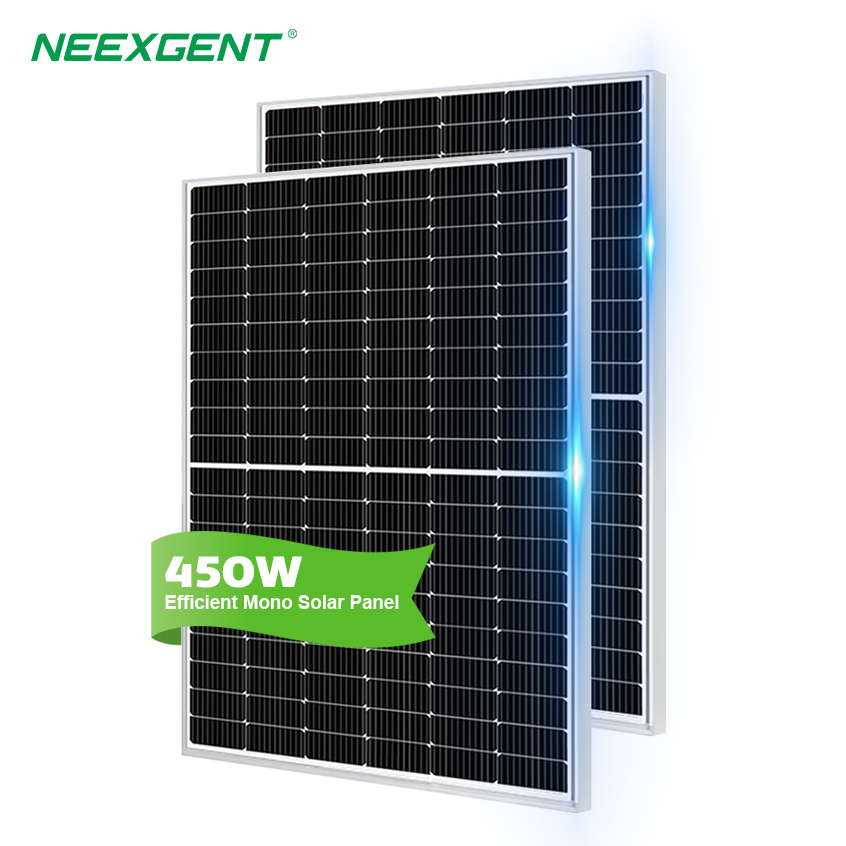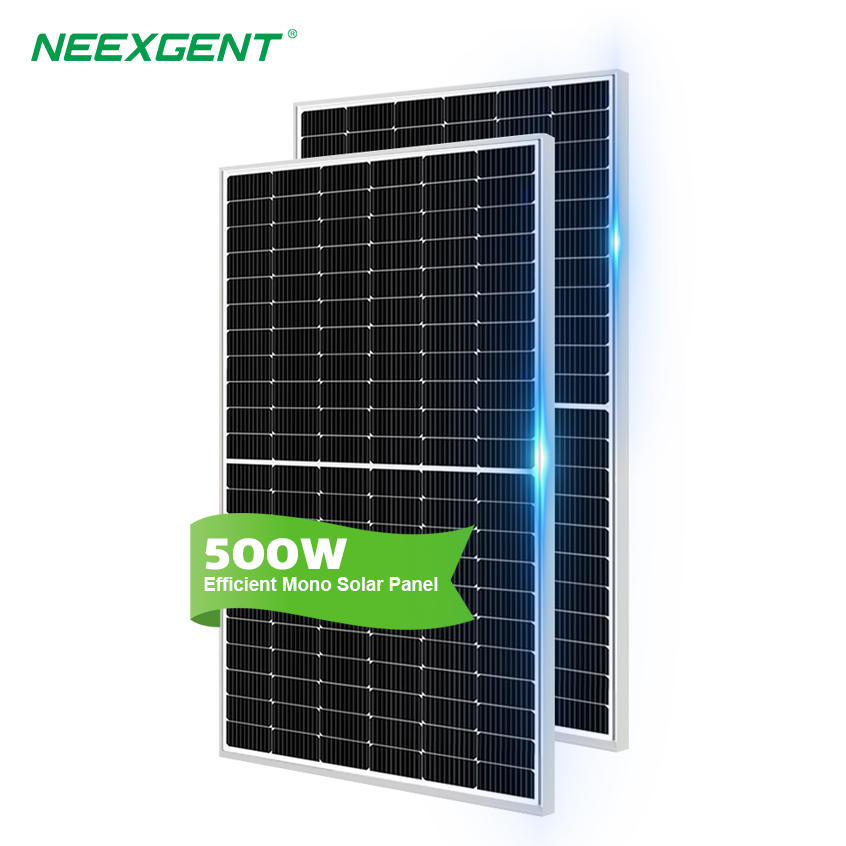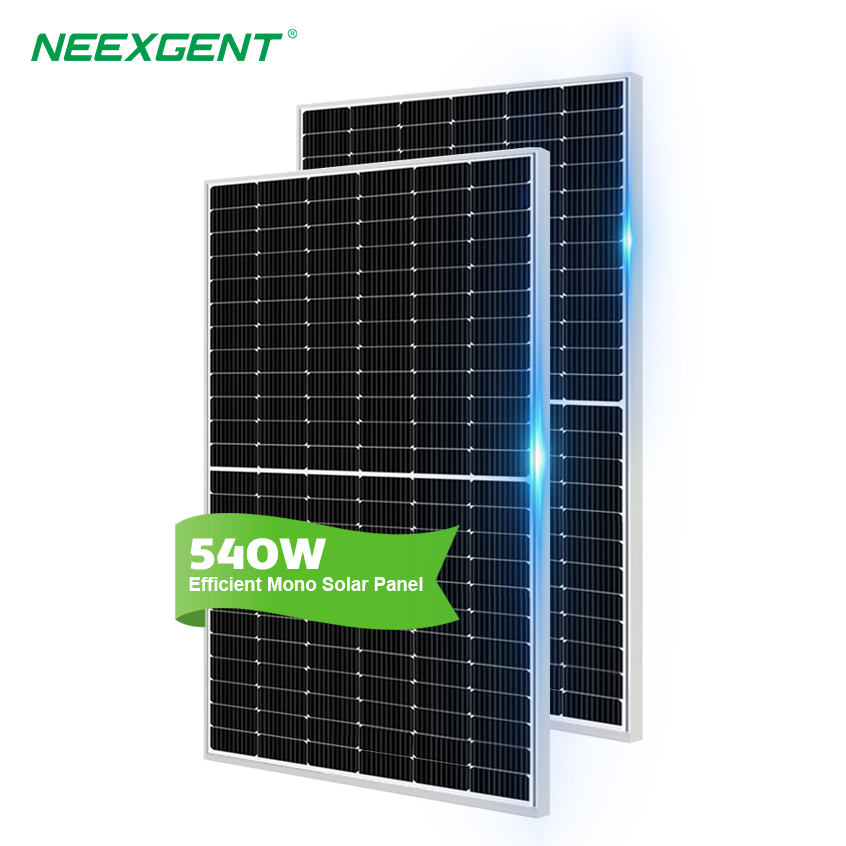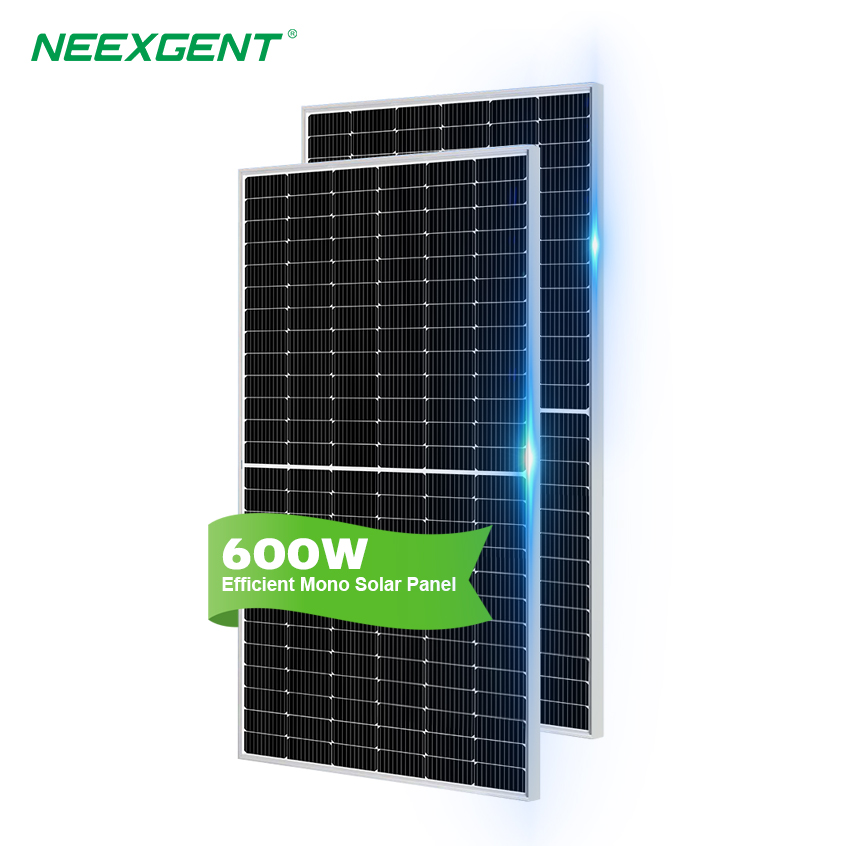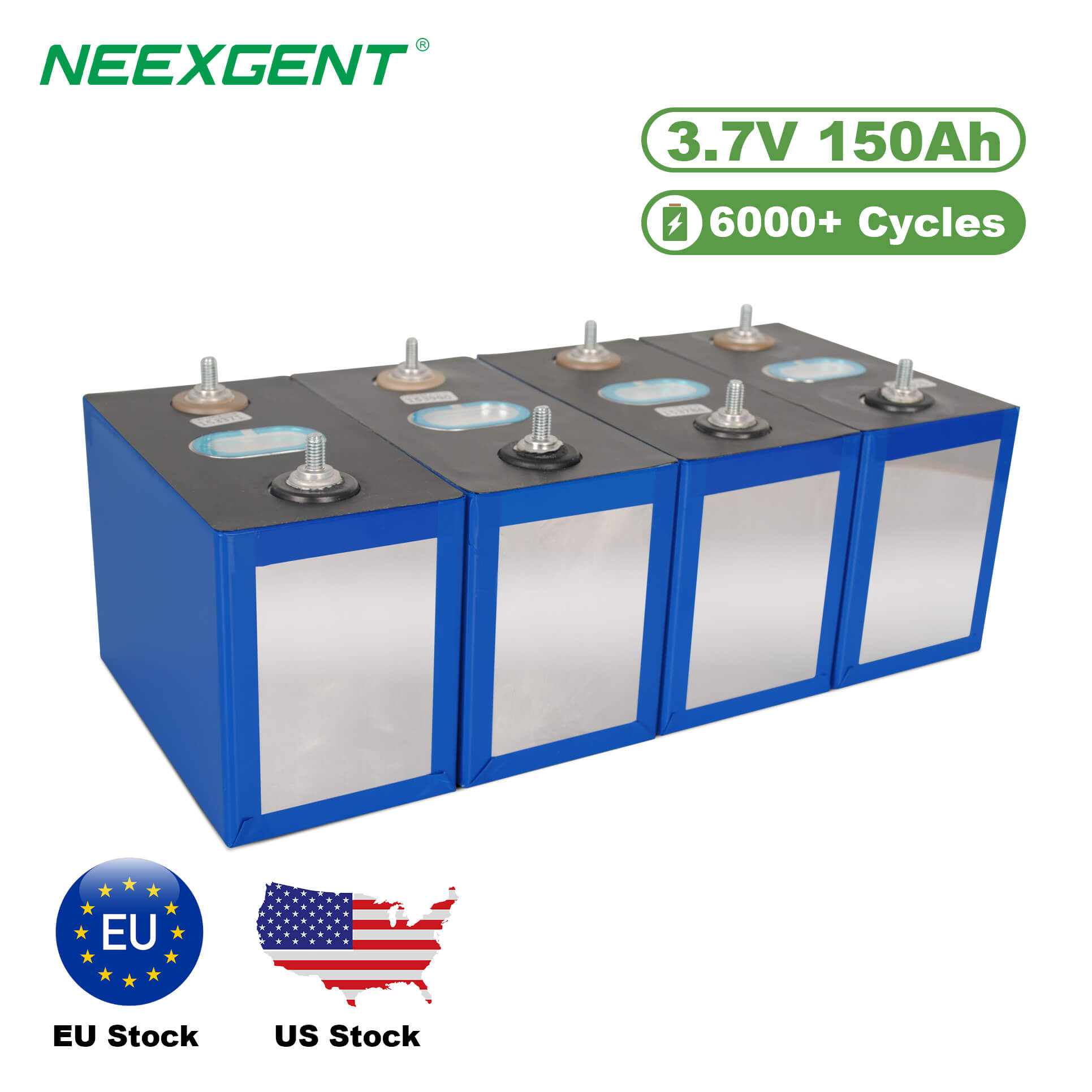Contents:
1. Overview of the 21700 and 26650 Cells
2. Energy Density and Capacity
3. Discharge Rate
4. Efficiency in Applications
5. Weight and Size
6. Cost Considerations
7. Lifespan and Durability
8. Temperature Sensitivity
9. Charge and Discharge Cycles
10. Availability and Market Adoption
Which One Should You Choose?
FAQs About 21700 Battery and 26650 Battery
In recent years, lithium-ion batteries have become an essential power source for various applications, from electric vehicles to energy storage systems. Among the many types of battery cells available, the 21700 and 26650 are two of the most popular choices for high-energy applications. But when it comes down to choosing between the two, which one stands out as the better option? In this article, we will compare the two battery types in terms of performance, capacity, size, applications, and other crucial factors, helping you make an informed decision.
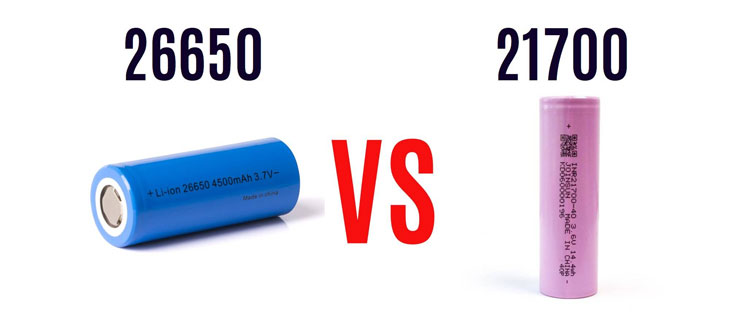
1. Overview of the 21700 and 26650 Cells
The numbers "21700" and "26650" refer to the dimensions of the cylindrical cells:
While these batteries share the same cylindrical shape, their physical size differences contribute to varying performance characteristics. The 21700 cell is a newer development, and its popularity has surged, especially in electric vehicles and high-performance applications. On the other hand, the 26650 has been around for a longer time and remains a strong contender, especially for applications requiring high discharge rates.
2. Energy Density and Capacity
One of the most significant factors when comparing the 21700 and 26650 cells is their energy density and capacity.
-
21700: This battery typically offers a higher energy density than the 26650. A typical 21700 cell has a capacity ranging from 4000mAh to 5000mAh, with a nominal voltage of 3.6V to 3.7V. As the energy density is higher, the 21700 cell can store more energy per unit volume, leading to a higher overall efficiency for devices that use them.
-
26650: The 26650 battery generally has a larger size and can have a capacity ranging from 5000mAh to 5500mAh. While the capacity may be slightly higher than the 21700, the energy density is not as efficient due to the larger size of the cell. This can result in less energy being stored per unit of volume.
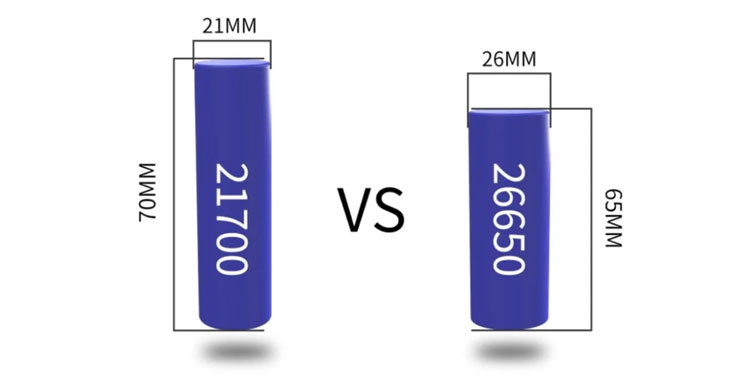
Comparison Table: 21700 vs 26650
| Feature |
21700 |
26650 |
| Diameter |
21mm |
26mm |
| Length |
70mm |
65mm |
| Capacity |
4000mAh - 5000mAh |
5000mAh - 5500mAh |
| Energy Density |
High |
Medium |
| Typical Voltage |
3.6V - 3.7V |
3.7V |
3. Discharge Rate
The discharge rate is another important factor in battery performance, especially for high-drain applications.
-
21700: These cells typically have a high discharge rate, with some models capable of discharging at up to 30A or more, making them ideal for applications like electric vehicles (EVs) and power tools, which require a consistent and high discharge rate.
-
26650: Known for their higher discharge rate, the 26650 cells are often used in high-drain applications as well. However, they tend to have a lower maximum continuous discharge rate compared to the 21700. While they may handle current demands well, the 21700 offers more flexibility in high-load situations.
4. Efficiency in Applications
Both the 21700 and 26650 cells are highly efficient in various applications, but the 21700 tends to have a slight edge in newer, more demanding technologies.
-
21700: The 21700’s combination of high energy density and strong discharge rate makes it the battery of choice for electric vehicles, drones, and other high-performance gadgets that require both long-lasting power and high-output performance.
-
26650: The 26650’s larger size and slightly lower energy density make it ideal for applications like high-powered flashlights, power tools, and industrial use where size is less of a concern, and durability and high discharge rates are more important.
5. Weight and Size
The size and weight of a battery directly impact the design and portability of devices.
-
21700: The 21700 cell is smaller and lighter than the 26650, making it easier to integrate into devices with limited space or weight constraints. Its compact design is advantageous for EVs, laptops, and other portable devices.
-
26650: The 26650 is bulkier, which means it may not fit as seamlessly into certain designs where space is crucial. However, its larger size allows it to store slightly more energy in some configurations, making it better suited for stationary power systems and applications where size and weight are less of an issue.
6. Cost Considerations
When comparing the costs, it's important to consider that newer technologies typically come at a higher price.
-
21700: As a newer technology, 21700 batteries are often more expensive per unit compared to the 26650. However, their higher energy density and performance in demanding applications can offset the initial cost.
-
26650: The 26650 tends to be more affordable, as it has been around for a longer time. This makes it a cost-effective choice for budget-conscious buyers or projects with less stringent power requirements.
7. Lifespan and Durability
The lifespan of a battery is another critical factor to consider, especially for applications where reliability is paramount.
-
21700: These cells generally offer longer cycle lives due to their improved efficiency, meaning they can endure more charge and discharge cycles before their performance starts to degrade. This makes them a good option for electric vehicles and renewable energy storage, where longevity is essential.
-
26650: While the 26650 also offers a long lifespan, it may not endure as many cycles as the 21700 under heavy use. However, for less demanding applications, the 26650 provides solid durability and is still an excellent choice for many power needs.
Continuing from the previous comparison, let's dive deeper into the performance analysis of the 21700 and 26650 battery types by examining the factors that affect their overall efficiency and suitability for different applications.
8. Temperature Sensitivity
Temperature plays a critical role in the performance of lithium-ion batteries, affecting their charging and discharging cycles, lifespan, and overall safety.
-
21700: The 21700 cells generally perform better under a wider range of temperatures. These batteries are designed to operate efficiently in both cold and hot climates, which is why they are commonly used in electric vehicles (EVs) that may experience extreme temperatures during use.
-
26650: While the 26650 can perform well in moderate temperatures, its efficiency may degrade slightly under extreme temperature conditions. The larger size may also make it harder to dissipate heat efficiently compared to the more compact 21700, potentially leading to overheating in high-drain scenarios.
9. Charge and Discharge Cycles
The number of charge and discharge cycles a battery can endure before its capacity begins to degrade significantly is a key factor in determining its overall lifespan.
-
21700: These batteries are designed for longer life cycles, making them ideal for applications such as electric vehicles, where they may need to go through hundreds or even thousands of charge and discharge cycles. The 21700 can withstand more cycles without a significant drop in capacity, ensuring more reliable long-term use.
-
26650: Although the 26650 also provides good cycle life, it may not last as long as the 21700 under heavy usage. The larger size and lower energy density can lead to slightly more stress on the battery during high-demand situations, impacting its longevity.

10. Availability and Market Adoption
As the demand for electric vehicles and high-performance applications continues to grow, the availability of battery cells plays an important role in the market.
-
21700: As the demand for EVs and high-performance gadgets increases, the availability of 21700 cells has seen a significant rise. Many of the leading battery manufacturers, such as Tesla, Panasonic, and Samsung, have adopted the 21700 as their standard cell for electric vehicles and energy storage systems.
Relevant Information: Samsung 21700 vs Tesla 21700
-
26650: While the 26650 still has its niche in certain applications, it is not as widely adopted as the 21700. Its use is primarily focused on industrial and high-drain devices, rather than consumer electronics or electric vehicles.
21700 vs 26650 Performance Comparison
To better visualize the performance differences between the 21700 and 26650 batteries(Energy density, capacity, and discharge rate over a range):
Which One Should You Choose?
When choosing between the 21700 and 26650, the decision ultimately depends on your specific needs and applications:
-
If you’re working with applications that demand higher energy density, compactness, and long-term performance, the 21700 is likely the better option.
-
If your project involves high-current draws, larger power systems, or you need to minimize costs without compromising too much on performance, the 26650 could be the better choice.
Both types of batteries have their strengths, and selecting the right one comes down to understanding the trade-offs involved in energy density, size, discharge rate, and cost.
FAQs About 21700 Battery and 26650 Battery

